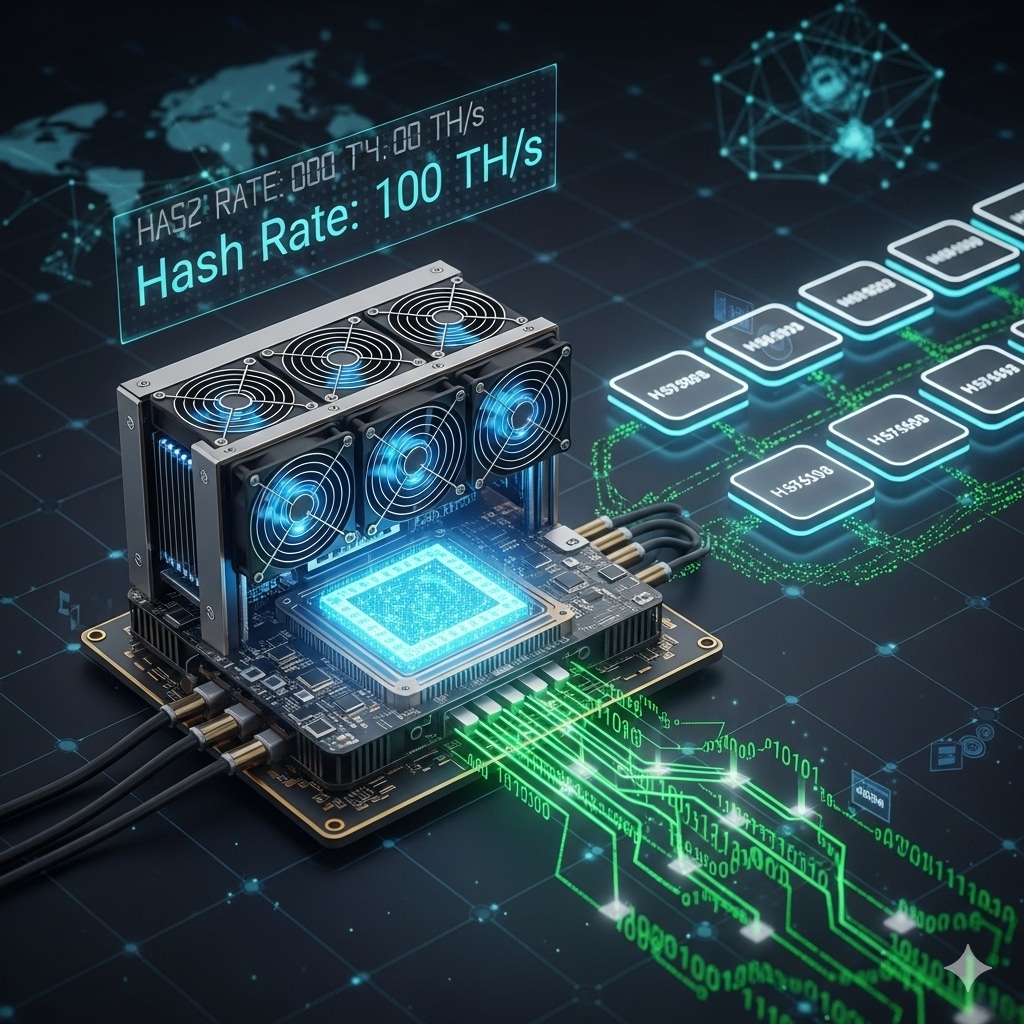Entering the world of cryptocurrencies and mining can seem complicated. Everywhere you turn, you encounter unfamiliar words and technical terms that are difficult to understand. To help you navigate discussions about blockchain, mining rigs, and ASIC...
What is cryptocurrency? A simple explanation of complex terms
What is cryptocurrency? A simple explanation of complex terms
Cryptocurrencies are virtual assets that are cryptographically secured and operate on decentralized databases. Although they are often referred to as "virtual money," this term is not entirely accurate. It is much more accurate to refer to them as "crypto assets" because their technological potential far exceeds their mere function as a means of payment. Their value lies in their ability to change the established order in many fields.
To understand cryptocurrencies, it is essential to familiarize yourself with a few basic concepts:
Cryptography: This is a data encoding technique that ensures that transactions are unreadable to unauthorized users. This encryption layer is the basis for the security, immutability, and authenticity of digital currencies.
Blockchain: This can be thought of as a digital database or ledger that is shared across nodes in a computer network. Information is stored in "blocks" that are linked together by cryptography in a chronological "chain." Once a block is added to the chain, the data in it cannot be changed, ensuring a transparent and immutable record of all transactions.
Decentralization: This is a central principle that eliminates the need for a central intermediary, such as a bank or government. Instead, network management is distributed among thousands of independent computers (nodes), increasing resistance to censorship and manipulation.
One of the key insights associated with this technology is that blockchain changes the very source of trust in transactional systems. While traditional financial and legal systems require trust in third parties that can make mistakes or be corrupt, blockchain transfers trust to mathematics and distributed consensus. Trust is inherently built into the code, reducing dependence on the human factor.

